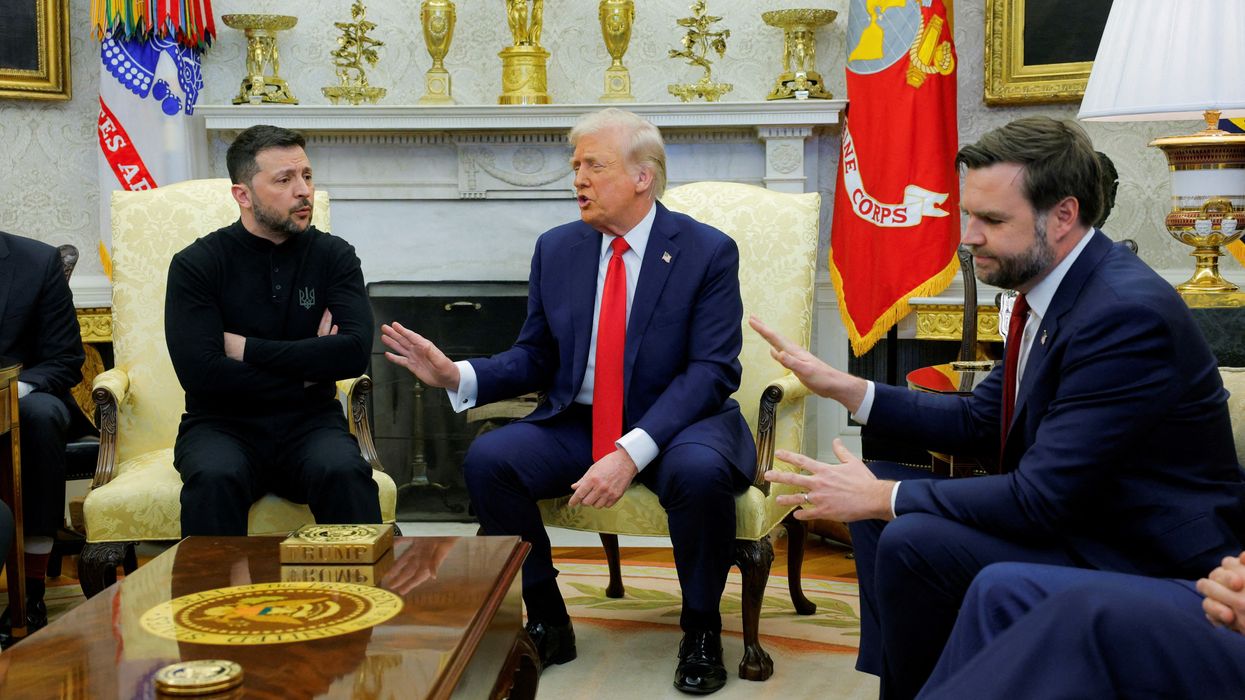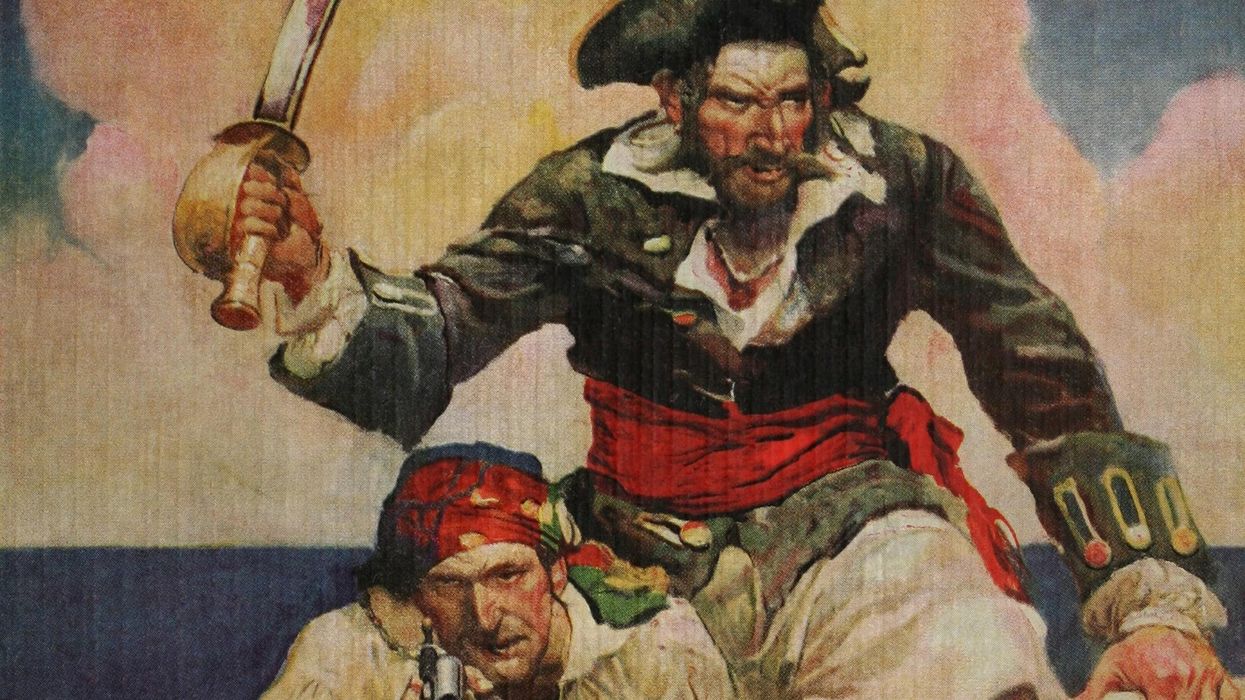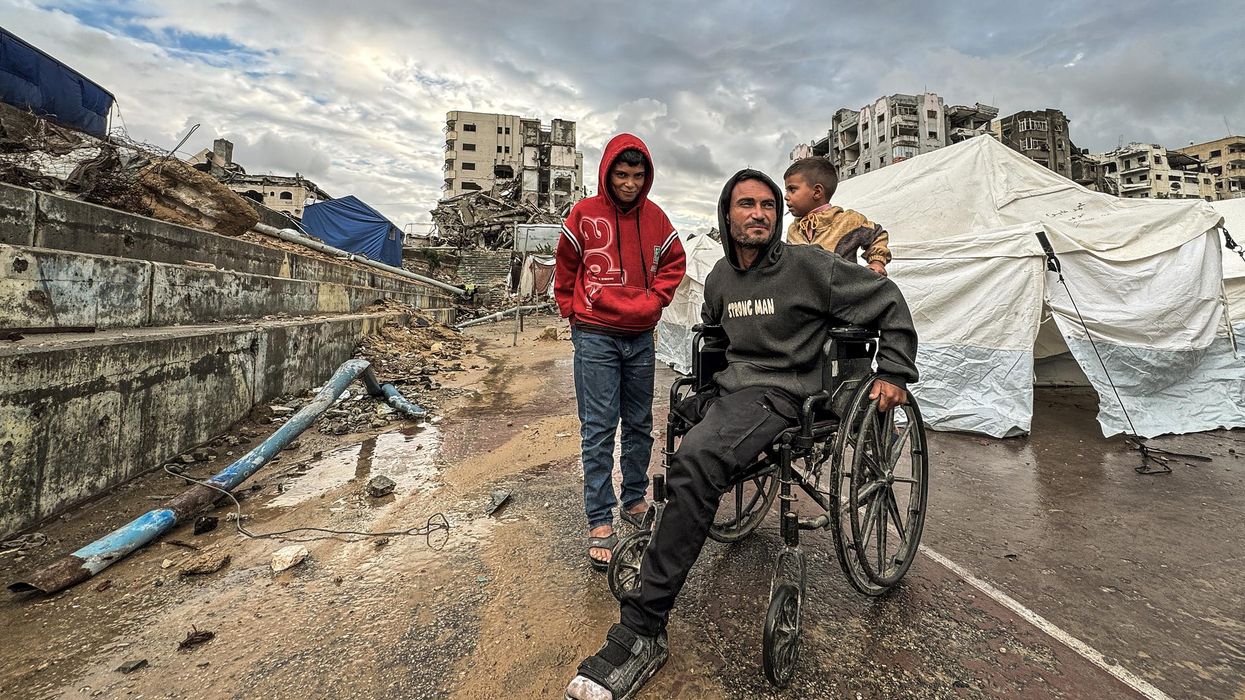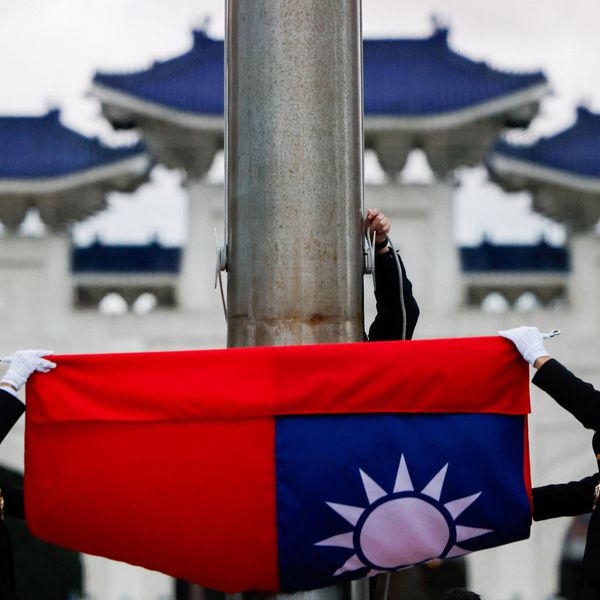February 3, 1962, marks the sixtieth anniversary of President John F. Kennedy’s Presidential Proclamation 3447 imposing an “embargo on all trade with Cuba” to punish Fidel Castro’s revolutionary government for its “alignment with the communist powers,” the Soviet Union and China. Despite having failed to bend Havana to Washington’s will over the past six decades, the embargo remains the centerpiece of the U.S. policy of “regime change.” Deputy Assistant Secretary of State Lester D. Mallory explained the strategy in 1960: “Every possible means should be undertaken promptly to weaken the economic life of Cuba…denying money and supplies to Cuba, to decrease monetary and real wages, to bring about hunger, desperation and overthrow of government.”
The anniversary of the embargo offers an occasion to delve into its complexities in order to better understand what Fidel Castro once called “a tangled ball of yarn.”
What exactly is the embargo against Cuba?
“The embargo” is shorthand for a complex patchwork of laws and regulations that comprise the oldest and most comprehensive U.S. economic sanctions against any country in the world. Although President Eisenhower imposed some economic sanctions on Cuba in 1960, the current embargo began when President Kennedy proclaimed a ban on all trade with Cuba in 1962, and a year later invoked the Trading with the Enemy Act to extend the embargo to prohibit all transactions (trade, travel, and financial) unless licensed by the Secretary of the Treasury (at the president’s direction). Regulations governing implementation of the embargo and the licensed exceptions are codified in the Treasury Department’s Cuban Assets Control Regulations (CACR).
Several other statutes govern elements of the embargo:
— The Cuban Democracy Act of 1992 authorizes humanitarian donations of food and medicine, and the sale of telecommunications services and medical supplies, albeit subject to detailed restrictions. It also prohibits trade between the subsidiaries of U.S. companies abroad and Cuba.
— The Cuban Liberty and Democratic Solidarity Act of 1996 inscribed the embargo into law until Cuba becomes a multi-party free-market democracy and pays compensation for property nationalized by the revolutionary government. It also gives U.S. citizens, including naturalized Cuban Americans, the right to sue in federal court anyone, in the United States or abroad, who is “trafficking in” (benefiting from) nationalized property, and blocks the officers of foreign trafficking companies from entering the United States.
— The Trade Sanctions Reform and Export Enhancement Act of 2000 (TWEA) legalized the sale of agricultural commodities to Cuba, but only for cash in advance. It also prohibits travel to Cuba for tourism, defined as any travel not already licensed at that time.
— The so-called “Berman amendment” (named for sponsor Rep. Howard Berman) exempts artistic works and informational materials from the embargo.
— The Trump administration’s designation of Cuba as a state sponsor of international terrorism under the Export Administration Act of 1979 triggered a variety of economic sanctions, although most are already in place under the broader embargo.
— Both the Trump and Biden administrations have imposed sanctions on Cuban individuals under the Global Magnitsky Human Rights Accountability Act of 2012, which freezes the U.S. assets and denies entry to the United States of persons guilty of corruption or serious human rights abuse.
Why did the United States impose the embargo?
The embargo is sometimes justified as a response to Cuba’s nationalization of U.S. property in 1960, which amounted to over $1 billion in investment. However, the embargo was not imposed until 1962 as part of President Kennedy’s policy to destabilize the Cuban government through a combination of economic sanctions and covert paramilitary attacks. Since then, U.S. presidents have cited various rationales for continuing the embargo, ranging from Cuba’s partnership with the Soviet Union, to its support for revolutionary movements in Latin America and Africa, its human rights record, and its socialist system.
How has the embargo changed over time?
Every president has modified the embargo by using his licensing authority to loosen or tighten aspects of it. Take travel, for example. President Jimmy Carter lifted all limits on travel to Cuba in 1977. President Ronald Reagan reimposed a ban on most types of travel in 1982. President Bill Clinton loosened travel restrictions by creating the people-to-people educational travel category in 1999. President George W. Bush eliminated people-to-people travel, President Barack Obama restored it, and President Trump abolished it again. Congress has also modified the embargo by statute. The most important change was the Cuban Liberty and Democratic Solidarity Act which inscribed the embargo into law. At present, the embargo’s impact is especially severe because President Trump added a series of new, expanded sanctions and President Biden has left those additional sanctions in place.
Why does Cuba call it a “blockade” rather than an embargo?
The Cuban government calls the embargo a blockade (el bloqueo) because its extraterritorial provisions restrict Cuban commerce with other countries. The United States tried to make the embargo multilateral from the beginning. In 1964, President Lyndon Johnson pressured the OAS into formally adopting a commercial and diplomatic embargo against Cuba, which lasted until the mid-1970s. Most European countries also limited their commercial ties with Cuba in response to U.S. pressure. Although the embargo cannot prevent other countries from trading with Cuba, it makes such commerce difficult:
— The embargo prohibits the subsidiaries of U.S. companies that operate in other countries from trading with Cuba.
— It prohibits other countries from exporting to Cuba any product with more than 10 percent U.S. content.
— It prohibits foreign financial institutions from handling any U.S. dollar transactions that involve Cuba (so-called U-turn transactions).
— It allows U.S. citizens who lost property after the Cuban revolution to sue in U.S. federal court anyone, including foreign companies, who do business with Cuba involving that property.
— It prohibits entry into the United States of any officers of foreign companies and their family members if those companies are doing business with Cuba that involves property previously owned by U.S. citizens.
— International financial institutions are required to conduct costly “enhanced due diligence” before engaging in transactions involving countries designated as state sponsors of international terrorism, which currently includes Cuba.
— Multilateral international financial institutions cannot provide assistance to Cuba without losing a portion of their U.S. funding.
Is the embargo legal under international law?
Supporters argue that the embargo is legal because the United States has the right to decide whether or not it wants to trade with another country, and the embargo is justified by Cuba’s nationalization of U.S. property without compensation. Opponents argue that the embargo constitutes coercion intended to force regime change in violation of the OAS Charter and the UN Declaration on the Inadmissibility of Intervention and Interference in the Internal Affairs of States. The UN Declaration recognizes “the sovereign and inalienable right of a State freely to determine its own political, economic, cultural and social systems,” and imposes on all states the duty “to refrain from any action or attempt in whatever form or under whatever pretext to destabilize or to undermine the stability of another State.” The consensus of international opinion is that the embargo is not consistent with international law, as reflected by the fact that last year, for 29th time, the UN General Assembly voted overwhelmingly in favor of an annual resolution calling on the United States to lift the embargo. In 2021, the vote was 184 in favor, 2 opposed (the United States and Israel), with 3 abstentions.
How can the embargo override U.S. citizens’ constitutional right to travel?
Although the Supreme Court has recognized a right to travel in Kent v. Dulles (1958), it is not absolute. In two cases, Zemel v. Rusk (1965) and Regan v. Wald (1984), the Court rejected challenges to the embargo’s restrictions on travel to Cuba, holding that the president has the authority to limit travel on grounds of national security. If you are a “person subject to U.S. jurisdiction” (i.e., a U.S. citizen, resident, or other person within the United States regardless of your nationality) you can only travel to Cuba under one of the 12 categories of travel licensed by the U.S. Department of the Treasury.
Can Cuba buy food and medicine under the embargo?
Yes, but not freely or easily. U.S companies can export agricultural commodities to Cuba only if the Cuban government pays cash up front. No credit-based sales are allowed, which is not the way international trade normally works. U.S. companies can sell medical supplies to Cuba “only for the use and benefit of the Cuban people,” only if they are not used for biopharmaceutical purposes (for example, manufacturing vaccines), and only if the U.S. government certifies these requirements are met. These requirements are so onerous that many companies decide not to sell to Cuba rather than comply with them—a recent example being the company that decided to cancel a contract to sell Cuba ventilators during the COVID-19 pandemic.
Is the embargo responsible for Cuba’s economic problems?
In part, yes. The Cuban economy suffers from a number of chronic structural problems stemming from its adoption of a Soviet-style central planning model in the 1970s. Although it is pursuing market-oriented reforms, its structural weaknesses persist. They make Cuba especially vulnerable to external economic shocks and pressures, of which the embargo is the most significant and persistent. The Cuban government estimates that the embargo costs it over $3 billion annually in extra expenses it incurs trading with other partners. The UN Economic Commission for Latin America estimated that the embargo has cost $130 billion (in current prices) since it was imposed, or roughly $2 billion annually on average.
Would the embargo end automatically if the president failed to renew it every year?
No. The statutory authority for the embargo under the Trading with the Enemy Act would lapse if the president failed to extend it every September as required by law, but the codification of the embargo under the Cuban Liberty and Democratic Solidarity Act would still remain in place.
Can the president lift the embargo unilaterally?
Legally, he probably could. Politically, he probably wouldn’t. Attorney Robert Muse and others have argued that because there are no limitations on the president’s licensing authority specified in either Trading with the Enemy Act or the CACR, the President could license the embargo out of existence in its entirety by simply authorizing a general license for all transactions with Cuba. The argument against this interpretation is that such an exercise of authority would violate the clear intent of the law since the Cuban Liberty and Democratic Solidarity Act places specific conditions on lifting the embargo. Muse responds that the law is an unconstitutional infringement on the president’s authority to conduct foreign policy, which President Clinton suggested in his signing statement. Politically, a president would have to be willing to risk a confrontation with Congress to take this step and thus far, every president has accepted the interpretation that the embargo can only be lifted under the terms of the Cuban Liberty and Democratic Solidarity Act or after its repeal.
How long will the embargo last?
As the embargo’s longevity suggests, there is no sunshine provision that would automatically end it. The Cuban Liberty and Democratic Solidarity Act prohibits lifting it until the Cuban government has become a multi-party, free-market democracy, and until all the property of U.S. citizens, including Cuban Americans, nationalized after 1959 is either returned or compensated. The continuing influence of conservative Cuban Americans in the Republican Party and their electoral strength in Florida has transformed the embargo from a foreign policy issue into a matter of domestic politics. Consequently, Congress is unlikely to repeal the embargo in the foreseeable future.
But a realist president willing to declare openly what most foreign policy analysts acknowledge—that the embargo is a counterproductive failure—could use his (or her) executive authority to license broad categories of commerce and exchange, leaving the statutory embargo an empty shell.
















